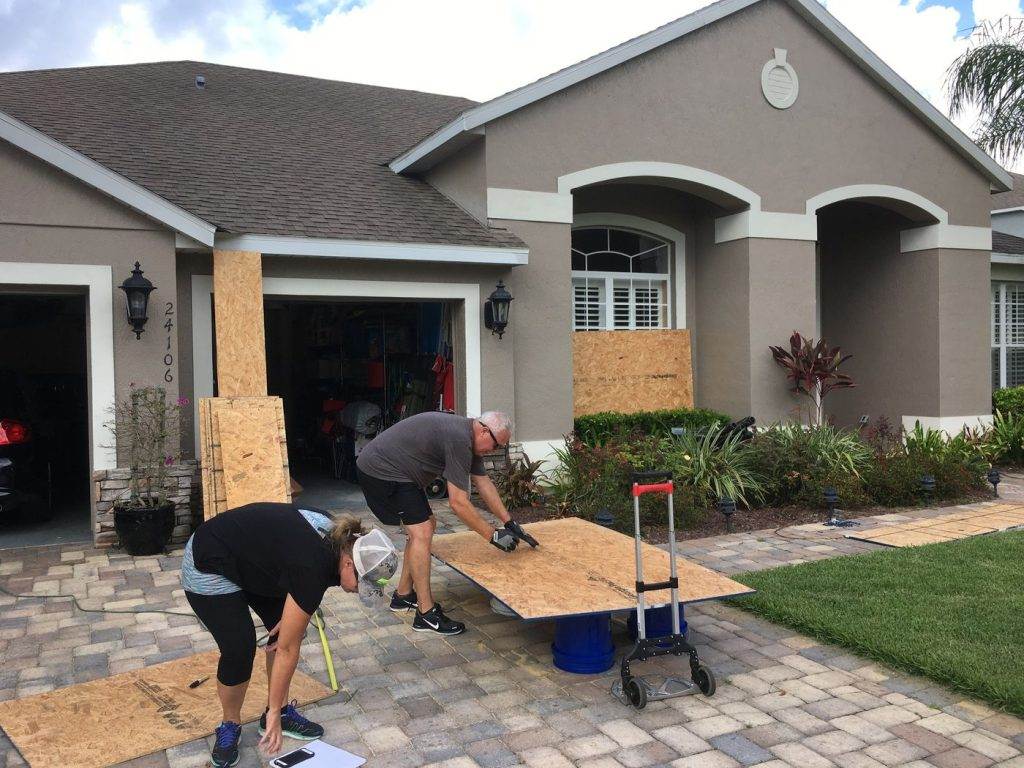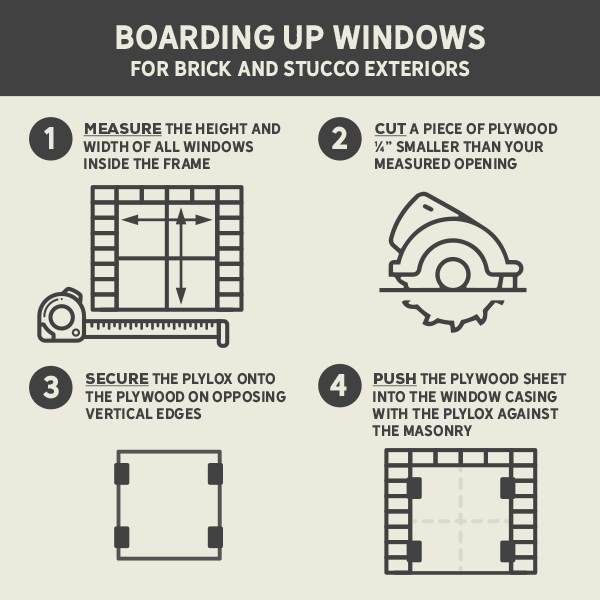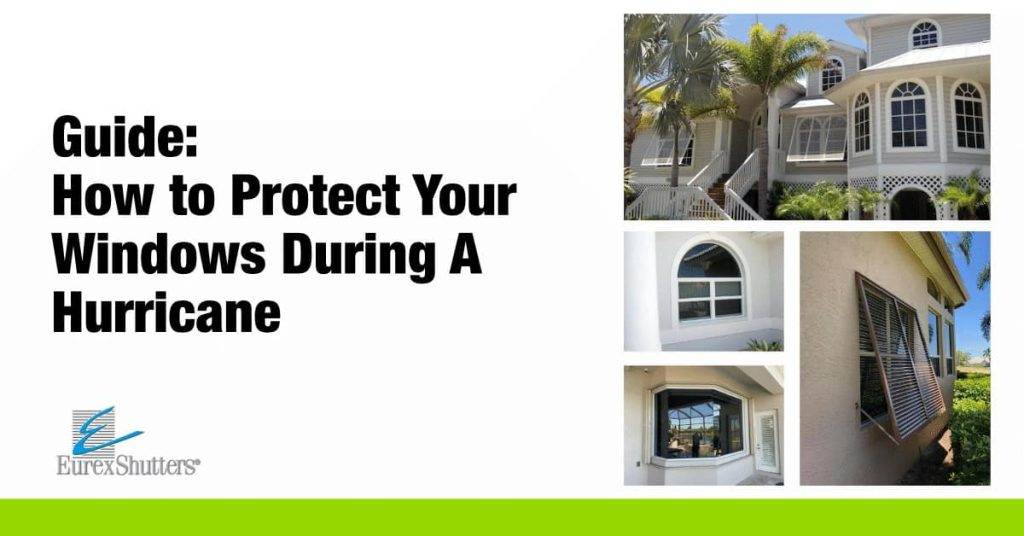So you’re wondering if you should board up your windows for a Category 2 hurricane. Well, let’s dive into this question together. Hurricanes are no joke, we all know that. And when it comes to protecting our homes and our loved ones, we want to make the best decision possible. But is boarding up your windows really necessary for a Category 2 hurricane? It depends on a few factors that we’ll explore in this article. So sit back, grab a cup of coffee, and let’s figure out if you should break out the plywood.

This image is property of glassdoctor.com.
Introduction
When it comes to preparing for a Category 2 hurricane, the question of whether or not to board up our windows often arises. While the decision ultimately depends on various factors, it is essential to understand the nature of Category 2 hurricanes, the risks they pose, and the different protective measures available. In this article, we will explore the definition and characteristics of a Category 2 hurricane, assess the factors to consider when making this decision, weigh the pros and cons of boarding up windows, discuss alternative protective measures, delve into expert recommendations, guide you through the boarding up process, and offer essential tips for preparing for a hurricane.
Understanding Category 2 Hurricanes
Definition of a Category 2 hurricane
Category 2 hurricanes are classified under the Saffir-Simpson Hurricane Scale, which measures hurricanes based on their maximum sustained wind speeds. A Category 2 hurricane is characterized by sustained winds ranging from 96 to 110 mph (154 to 177 km/h). While they may not be as powerful as the stronger categories, Category 2 hurricanes can still cause considerable damage, particularly in vulnerable areas.
Characteristics and potential damage
Category 2 hurricanes can bring torrential rainfall, storm surge, and strong winds. The combination of these factors can lead to widespread power outages, flooding, coastal erosion, and damage to buildings and infrastructure. While the severity of the damage may vary depending on the specific storm and its track, it’s essential to be aware of the potential risks these hurricanes pose.
Assessing the risks
When considering whether or not to board up our windows for a Category 2 hurricane, it is crucial to assess the risks based on various factors. These factors include our geographical location, the structure and materials of our buildings, the type and condition of our windows, and the local building codes and regulations in place. By evaluating these factors, we can make a more informed decision about the best course of action to protect our property and ensure our safety.
Factors to Consider
Geographical location
The geographical location plays a significant role in the risks posed by a Category 2 hurricane. If we reside in a coastal area prone to hurricanes or high winds, the potential for damage increases. Areas located in hurricane-prone regions, such as the Gulf Coast, Southeastern United States, and the Caribbean, are especially susceptible to the impacts of hurricanes. It is important to consider the history and frequency of hurricanes in our area when deciding whether or not to board up our windows.
Building structure and materials
The structure and materials of our buildings can affect their ability to withstand the forces generated by a Category 2 hurricane. If our buildings are relatively new and have been constructed to comply with modern building codes, they may have specific features designed to withstand high winds and offer better protection. Additionally, the materials used, such as reinforced concrete or impact-resistant glass, can enhance a building’s resilience. On the other hand, older buildings or those constructed with less wind-resistant materials may be more susceptible to damage.
Window type and condition
The type and condition of our windows play a crucial role in determining whether or not boarding up is necessary. If our windows are already impact-resistant or equipped with storm shutters, they provide an added layer of protection against flying debris and high winds. However, if we have older windows that are more vulnerable to damage, boarding up might be a sensible precaution. It is essential to assess the overall condition of our windows and consider their ability to withstand the potential forces of a Category 2 hurricane.
Local building codes and regulations
Considering the local building codes and regulations is imperative when deciding whether or not to board up our windows. These codes and regulations are in place to ensure our safety and the structural integrity of our buildings. It is essential to familiarize ourselves with the guidelines established by our local authorities and adhere to their recommendations. Local building codes may require specific protective measures for windows in hurricane-prone areas, making boarding up a necessary requirement.
Pros of Boarding Up Windows
Protection against flying debris
One of the key advantages of boarding up windows is the protection it provides against flying debris. During a Category 2 hurricane, strong winds can propel objects quickly and forcefully, turning them into dangerous projectiles. By boarding up our windows, we create a barrier that helps prevent these objects from entering our homes, reducing the risk of injury and damage to our property.
Prevention of water infiltration
Boarding up windows can also help prevent water infiltration during a hurricane. The intense rainfall associated with these storms can result in flooding, and if water enters through unprotected windows, it can lead to significant damage to our interiors, including walls, furniture, and belongings. Boarding up provides an additional layer of protection against water intrusion, minimizing the potential for costly water damage.
Additional security and peace of mind
Another advantage of boarding up windows is the additional security it offers. By reinforcing our windows, we deter potential burglars or looters who may take advantage of the chaos caused by the hurricane. Additionally, knowing that our windows are protected can provide us with peace of mind during the storm, allowing us to focus on other essential preparations and ensuring the safety of ourselves and our loved ones.

This image is property of s42814.pcdn.co.
Cons of Boarding Up Windows
Cost associated with boarding up
One of the main drawbacks of boarding up windows is the associated cost. Depending on the size and number of windows, purchasing materials such as plywood, screws, and other necessary supplies can add up. Additionally, if we choose to hire professionals to perform the boarding up process, there may be additional labor costs. It is essential to budget for these expenses when considering whether or not to board up our windows.
Time and effort required
Boarding up windows for a Category 2 hurricane can be a time-consuming and labor-intensive process. It involves measuring, cutting, and securing plywood panels to each window, which can be challenging, especially for larger or multiple windows. This process may require additional help or tools, and it is crucial to allocate enough time for proper preparation. The time and effort required should be taken into account when deciding on the best protective measures for our windows.
Reduced natural light and ventilation
Boarding up windows can significantly reduce natural light and ventilation inside our homes. While this may not be a significant concern during the storm itself, it can have an impact on our day-to-day activities before and after the hurricane. Reduced natural light can make interiors darker and more gloomy, while decreased ventilation may cause discomfort by limiting fresh air flow. It is important to consider alternative sources of lighting and ways to maintain adequate airflow when opting to board up windows.
Potential damage to window frames
Another potential drawback of boarding up windows is the risk of causing damage to the window frames. If the plywood panels are not properly installed or secured, they may rub against the frames, leading to scratches, marks, or even structural damage. It is crucial to take precautions, such as using appropriate padding or sealing materials, to minimize the risk of harming the window frames during the boarding up process.
Alternative Protective Measures
Storm shutters or impact-resistant windows
An alternative to boarding up windows is the use of storm shutters or installing impact-resistant windows. Storm shutters, designed specifically for hurricane protection, can be permanently affixed to our windows or made of durable, easily deployable materials. Impact-resistant windows, on the other hand, are specifically manufactured to withstand high winds and flying debris. Both options provide significant protection and eliminate the need for boarding up.
Plywood or polycarbonate sheet coverings
For those who cannot install storm shutters or impact-resistant windows, temporary coverings made of plywood or polycarbonate sheets are an effective alternative to boarding up. These coverings can be securely attached to the window frames using screws or other fasteners, providing a protective barrier against debris and high winds. While not as convenient as permanent storm shutters, plywood or polycarbonate sheet coverings offer a cost-effective solution for window protection.
Window film and reinforcements
Window film and reinforcements can also enhance window protection against hurricanes. Security window film, designed to hold glass together in case of shattering, can help prevent dangerous shards from scattering during a storm. Additionally, the strengthening of window frames through the use of structural reinforcements, such as metal bars or brackets, can provide added resistance against high winds and pressure.
Securing outdoor items and furniture
While protecting our windows is crucial, it is also essential to consider other aspects of our property during a hurricane. Outdoor items and furniture can become projectiles in strong winds, causing damage to our homes and posing a threat to ourselves and others. By securing or moving these items indoors, we reduce the risk of them causing additional damage or harm during the storm.

This image is property of arc-anglerfish-arc2-prod-tbt.s3.amazonaws.com.
Expert Recommendations
Insurance coverage considerations
When making decisions regarding window protection for a Category 2 hurricane, it is advisable to review our insurance coverage. Homeowners’ insurance policies often cover damages caused by hurricanes, but specific details may vary. It is important to understand the extent of coverage, including any deductibles or exclusions, and consider how various protective measures, such as boarding up, impact our insurance protection. Consulting with our insurance provider can provide us with valuable insights and help us make informed decisions.
Local emergency management guidance
It is crucial to stay informed about the recommendations and guidelines provided by local emergency management agencies. These agencies have extensive knowledge and expertise in dealing with hurricanes and can provide valuable insights into the most effective protective measures for our specific area. By following their guidance, we ensure that our preparedness efforts align with the latest best practices and maximize our safety during a Category 2 hurricane.
Consultation with a professional contractor
If we are unsure about the best course of action to protect our windows, consulting a professional contractor can provide us with expert advice. Contractors specializing in hurricane-proofing can assess the unique characteristics of our homes, including the windows and their vulnerability to hurricane forces. They can recommend the most suitable protective measures, taking into account our budget, preferences, and the specific requirements of our property.
Boarding Up Process
Gathering necessary materials
Before boarding up our windows, we need to gather all the necessary materials. This includes plywood panels, screws or nails, a measuring tape, a saw, an electric drill or hammer, and appropriate safety equipment such as gloves, goggles, and ear protection. Ensuring we have all the required materials beforehand saves us valuable time during our window protection preparations.
Measuring and cutting plywood panels
To properly secure our windows, we need to measure and cut plywood panels to fit each window. Using a measuring tape, we should measure the width and height of each window frame and transfer these measurements onto the plywood. Care should be taken to allow for a slight gap between the panel and the frame for expansion due to temperature changes. Using a saw, we can then carefully cut the plywood to the measured dimensions.
Securing the panels to windows
Once the plywood panels are cut to the correct size, we can begin securing them to the windows. Positioning the panels over the outside of the window frame, we should align them while ensuring there is enough overlap to cover the entire window opening. Using screws or nails, we can fasten the panels to the frame, making sure they are firmly secured. It is important to space the fasteners adequately, ensuring a secure fit without compromising the integrity of the plywood.
Precautions and safety tips
During the boarding up process, it is crucial to take precautions and follow safety guidelines. Wearing appropriate safety equipment, such as gloves and goggles, protects us from potential injuries. It is also important to exercise caution when handling sharp tools, such as saws or drills. If we are uncertain about our ability to perform the boarding up ourselves, it is advisable to seek professional assistance. Lastly, it is essential to monitor weather updates during the process and prioritize personal safety in case evacuation becomes necessary.

This image is property of www.mccoys.com.
Preparing for a Hurricane
Creating an emergency kit
Preparing for a Category 2 hurricane involves creating an emergency kit that includes essential supplies and provisions. This kit should include items such as non-perishable food, drinking water, a first aid kit, flashlights, batteries, a battery-powered radio, important documents, cash, clothing, blankets, and any necessary medications. It is important to create the kit well in advance of a hurricane’s arrival to ensure we have everything we need and avoid last-minute scrambling.
Developing an evacuation plan
An evacuation plan is crucial in case a Category 2 hurricane requires us to leave our homes. This plan should include a designated meeting place, including an out-of-town contact person, a communication strategy with family members, and a route to a safe location or shelter. It is important to discuss and rehearse the plan with our household members to ensure smooth implementation during an emergency situation.
Staying informed through reliable sources
Staying informed about the progress and potential impacts of a Category 2 hurricane is essential for making well-informed decisions. It is crucial to rely on reliable sources of information, such as the National Hurricane Center, local emergency management agencies, and reputable weather forecasting sources. By staying informed, we can adjust our preparations and response accordingly, ensuring our safety and minimizing potential damage.
Securing other parts of your property
In addition to protecting our windows, it is essential to secure other parts of our property before a Category 2 hurricane. This involves securing loose outdoor items, such as patio furniture, grills, and gardening tools. Additionally, trimming tree branches that may be close to our homes can help reduce the risk of them falling or causing damage during the storm. By taking these precautions, we limit the hazards that could exacerbate the impact of the hurricane.
Conclusion
In conclusion, the decision of whether or not to board up our windows for a Category 2 hurricane depends on several factors, including geographical location, building structure, window type, and local building codes. While boarding up windows offers protection against flying debris, water infiltration, and provides added security, it comes with associated costs, effort, and reduced natural light and ventilation. Alternative protective measures, such as storm shutters or impact-resistant windows, plywood or polycarbonate sheet coverings, window film, and reinforcements, offer viable alternatives to boarding up. It is important to consider expert recommendations, insurance coverage considerations, and consultation with professionals when deciding on the best course of action. Regardless of the protective measure chosen, it is crucial to be well-prepared for a hurricane by creating an emergency kit, developing an evacuation plan, staying informed, and securing other parts of our property. By taking the necessary precautions, we can minimize the potential risks and enhance our overall safety during a Category 2 hurricane.

This image is property of eurexshutters.com.
